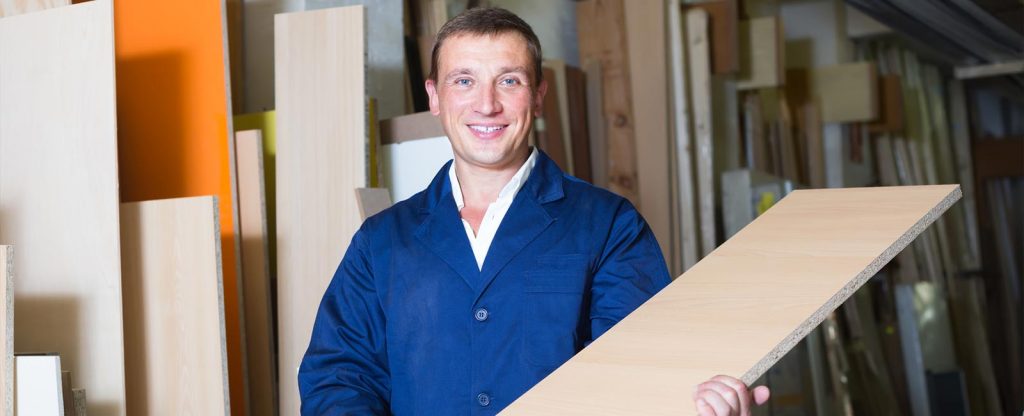Plywood is a versatile product made of resin-coated veneer pieces pressed together. You can modify it to suit an extensive range of structural, interior and exterior applications. You only need to know which is the right plywood to use.
To make the right choice, you must know the features and strengths of each type of plywood.
Plywood Quality Grading
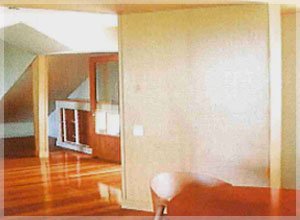
Plywood panels get two alphabetical ratings. The first letter rates the quality of the front side of the panel. The second letter rates the quality of the back of the panel. (For example, a single panel can have an “A” face and a “D” back.)
A-Grade Plywood
Plywood with an A grade means it is high-quality plywood.
A-grade plywood has few imperfections and is free of small knots and defects.
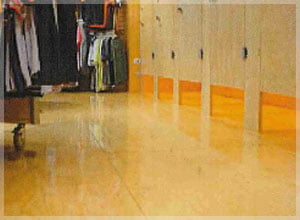
B-Grade Plywood
B-grade plywood is the second-highest grade given to plywood material.
This type of plywood has small knots or nicks.
C- and D- Graded Plywood
The more economical types of plywood are those with the C and D grading.
Plywood sheets with this grade contain many knotholes, voids, and repairs. These sheets are excellent for creating form or structure, then covered with another material (e.g., an MDF wood sheet). Thus, you can use these types of plywood as they are.
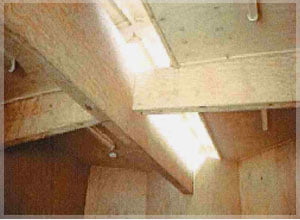
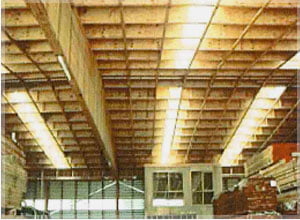
What is the right plywood to use for home furniture?
For interior furnishings, you can choose from a wide range of high-grade plywoods. This is especially true for pieces that aren’t exposed to direct sunlight (e.g., clothes or book cabinets).
Most cabinets use ¼ inch plywood, which is usually less expensive and makes the finished piece somewhat lighter. The longer the unit, the thicker the plywood requirement to prevent mid-shelf sagging.
What is the right type of plywood to use to make durable flooring?
Interior plywood makes very durable flooring. Plywood of this type usually serves as the smooth underlayment on which the finished flooring sits.
A floor might have three or four layers: the concrete foundation, a plywood substrate, a plywood underlayment, and the surface flooring material.
Interior plywood is a good choice for areas that are not exposed to water and moisture (e.g., bedrooms and hallways).
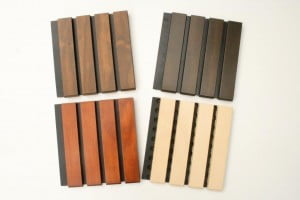
What type of plywood is best for weather exposure?
Use exterior plywood anywhere where weather exposure is a concern, like a house’s exterior walls. However, exterior plywood can also have interior applications such as in kitchens, bathrooms, and basements.
The plywood used to sheath house frames makes the structure stronger by connecting all the studs. This sheathing requires much thicker plywood than most.
What type of plywood is water-resistant?
Have you ever wondered what is the strongest plywood out there? The answer is marine plywood. It is the strongest and toughest of all plywood on the market.
High-quality glues hold the plies in marine plywood together. That makes them structurally sound and resistant to moisture. Marine plywood is usually only available in A-A grade, which means you can use either side to show on the surface.
Because of its strength and water-resistant properties, marine plywood is a very good choice for bathrooms, basements, and as a substrate material for laying hardwood engineered flooring and tiles.
What is the right plywood to use for high-traffic areas?
Structural plywood is extra strong and second only to Marine plywood in strength and durability. This type of plywood works well in high-traffic areas such as entryways and upstairs hallways. It has a rough texture and is usually available in grades C-D or D-D.
Wholesale Supplier of High-Quality Plywood and Other Wood Products in Sydney and NSW
FA Mitchell will help you understand the different plywood sizes and grades as well as other types of wood materials such as MDF plywood.
We supply engineered plywood, produced by EWPAA audited mills according to Australian Standard AS/NZS 2269, to Sydney and NSW.
We will walk you through your options and give you advice on the best plywood to use for your commercial or construction project.
Call us now for a consultation.

